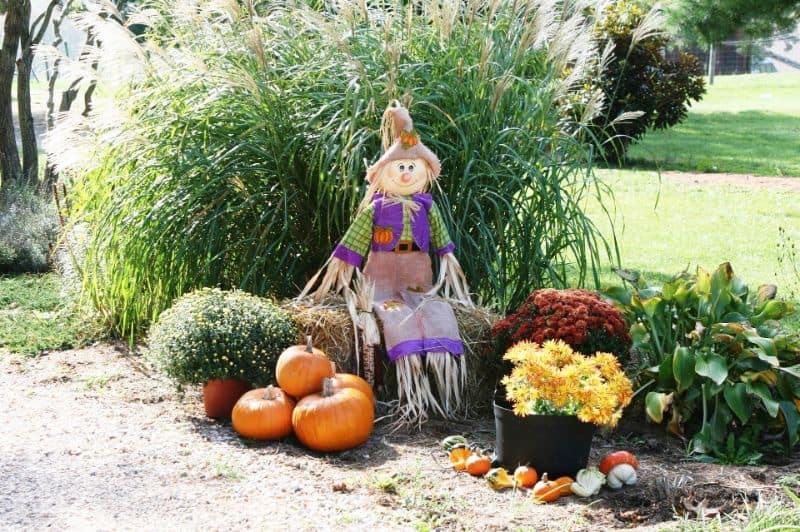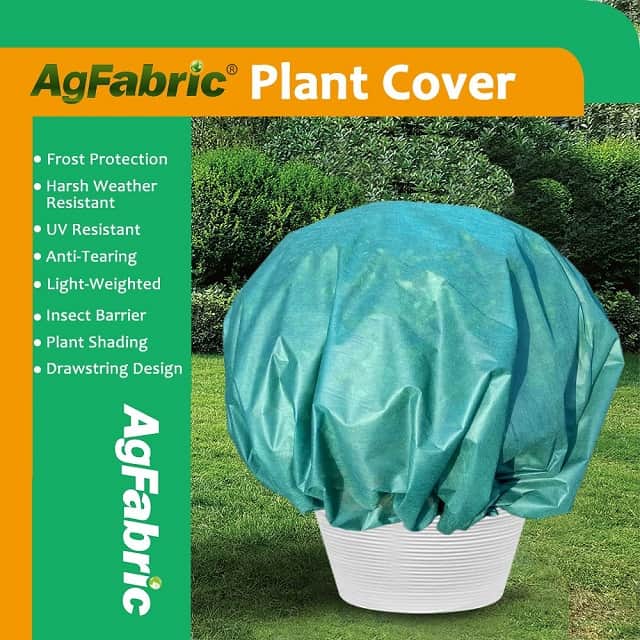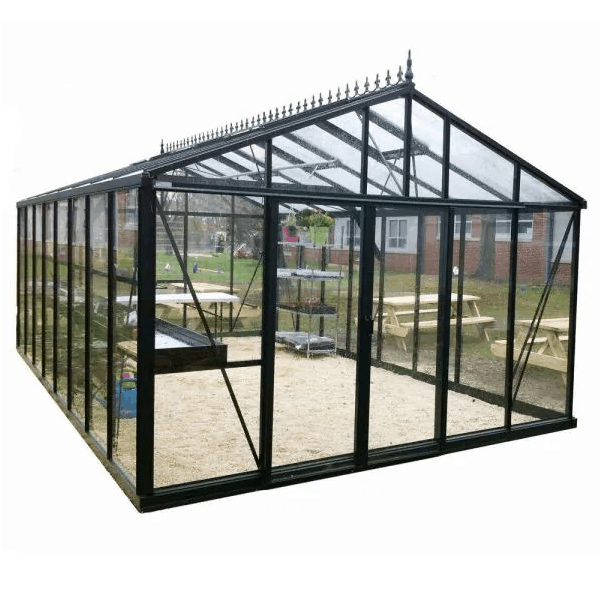This is the time of year when many gardeners start to think about winterizing their gardens. But there are still plenty of tasks that can be done in November to keep your garden looking its best. Here are a few tips to help you through this month
November Garden Tips In the Flower Garden
Insulate Outdoor Containers
As the temperature starts to drop, make sure to insulate your outdoor containers. This will help protect your plants from the cold and frost. One way to do this is to wrap them in bubble wrap or burlap.
Protect Roses

Roses are one of the most popular flowers, but they are also one of the most delicate. In order to protect your roses from the cold weather, make sure to cover them with a thick layer of mulch. This will help insulate the roots and prevent them from freezing.
Remove Fallen Leaves
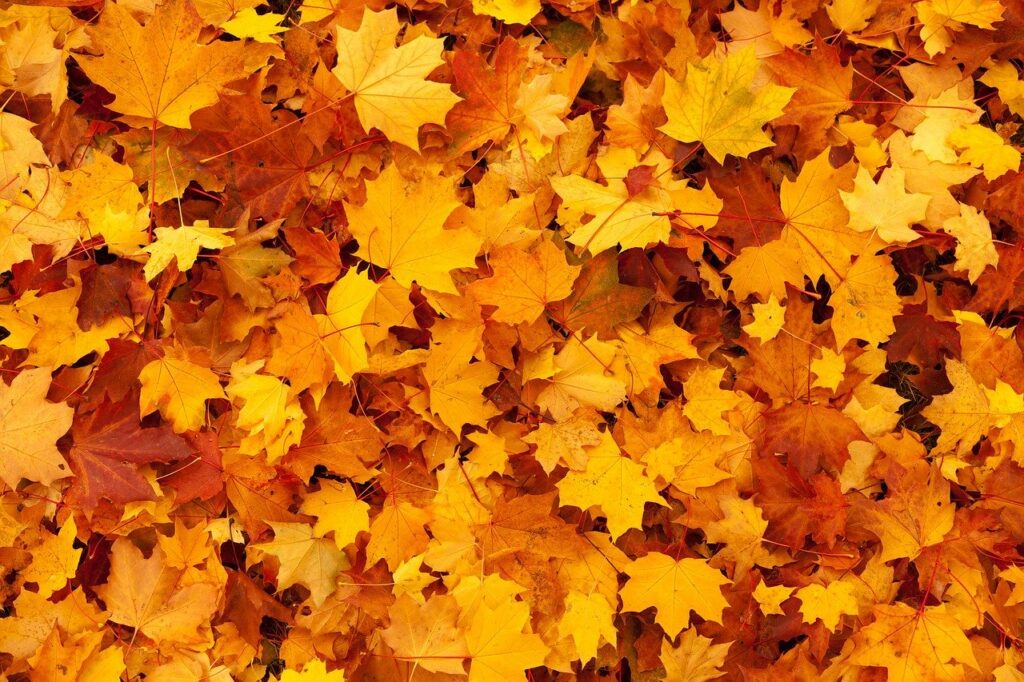
Fallen leaves can harbor diseases and pests that can harm your plants. So, it’s important to remove them on a regular basis. You can either rake them up or use a leaf vacuum to get rid of them.
Dig Up Dahlia Tubers, Gladiolus Corms, and Begonias Tubers
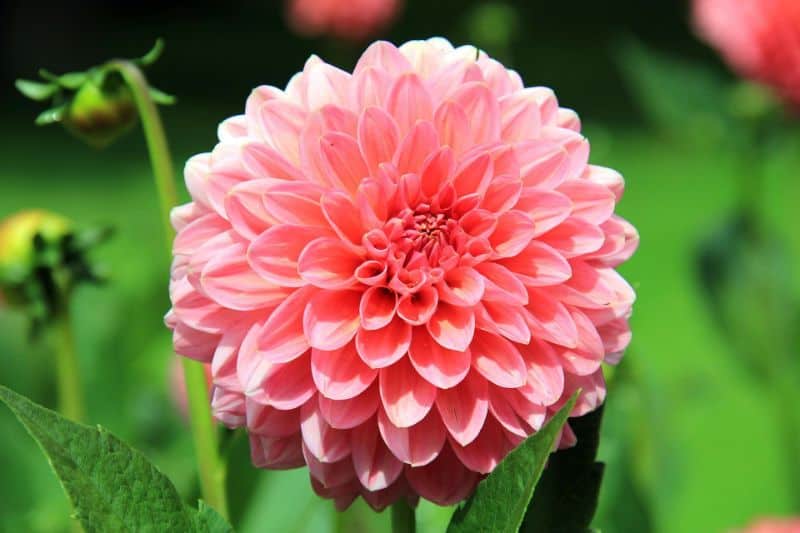
Dahlia tubers, gladiolus corms and begonias tubers are all sensitive to frost. So, if you live in an area that gets frost, it’s important to lift them up before the cold weather sets in. This will help prevent them from being damaged by the frost.
November Vegetable Garden Tips
Parsnips are best harvested after a frost, as the frost converts the starch in the parsnips to sugar, making them sweeter.
Rhubarb and asparagus are both perennials, so they will come back year after year. Planting them now will give them a head start in the spring.
Build a Metal Raised Bed
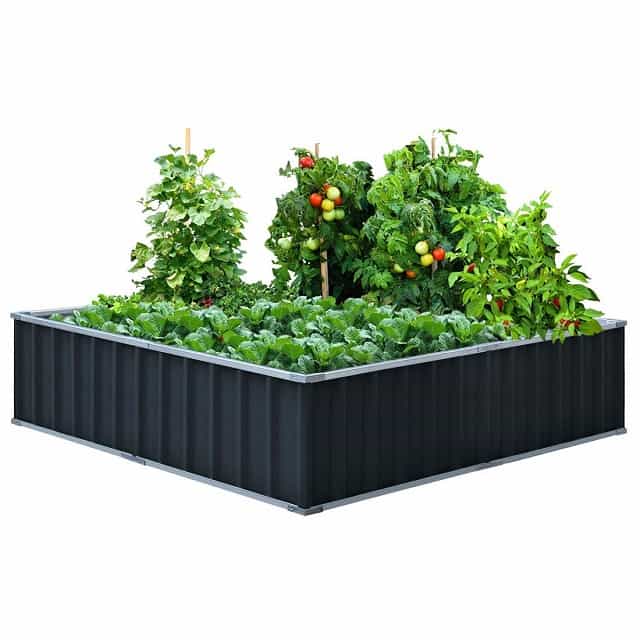
If you don’t have much space in your garden, or you want to make sure your vegetables are not eaten by slugs, then building a raised bed is a good option. Raised beds can be made out of many different materials, but metal is a good option because it will last longer and is easy to maintain.
Stake top-heavy brassica and leafy green plants.
Brassicas such as kale and cabbage can get top-heavy and fall over in strong winds. To prevent this from happening, stake them with bamboo canes or metal stakes.
Check over your summer harvest
Check over your summer harvest of onions and garlic, removing any rotting bulbs immediately. Onions and garlic can be stored for months, but they need to be checked regularly to make sure they are not rotting.
Check stored potatoes and remove any that are rotting. Potatoes can be stored in a cool, dark place for several months. But like onions and garlic, they need to be checked regularly to make sure they are not rotting. Any potatoes that are beginning to rot should be removed so that they do not contaminate the others.
Dividing Rhubarb Clumps
Rhubarb is a hardy plant that can last for many years with proper care. However, over time, the center of the plant will begin to die out, leaving an unproductive ring of leaves around the outside. To prevent this, it’s important to divide mature clumps of rhubarb every 3-4 years. The best time to do this is in late fall or early winter when the plant is dormant. Simply dig up the entire clump and then carefully pull it apart into smaller sections, making sure that each section has at least one bud. Plant the divisions immediately in well-drained soil and water well.
November Garden Tips In the Fruit Garden
Planting Currant Plants
Currants are a type of berry that is closely related to gooseberries. They can be red, black, or white, and they have a tart flavor that is perfect for making jam or pies. Currants are relatively easy to grow, and they will produce fruit for many years with minimal care. To plant currants, simply purchase young plants from your local nursery or garden center and transplant them into your garden in late fall or early winter. Be sure to choose a location that gets full sun and has well-drained soil.
Planting Raspberry Plants
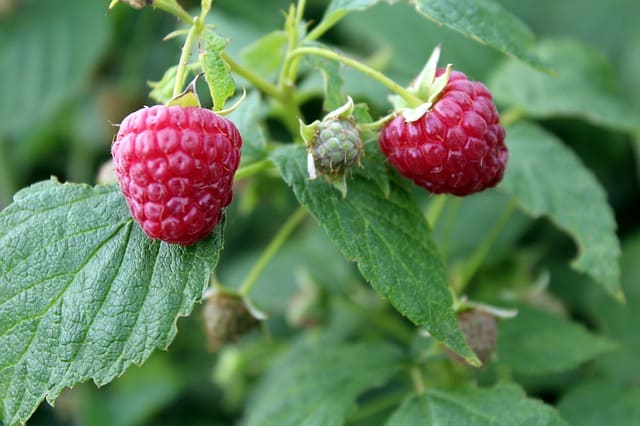
Raspberries are another type of berry that is perfect for making pies and jams. Unlike currants, raspberries only produce fruit on new growth, so it’s important to prune them regularly to encourage plenty of new growth. Raspberries can be planted as either bare-root plants or potted plants. If you choose bare-root plants, plant them in late fall or early winter when they are dormant. If you choose potted plants, wait until spring to plant them. When transplanting either type of raspberry plant, be sure to choose a location that gets full sun and has well-drained soil.
Tidy Up Strawberry Plants
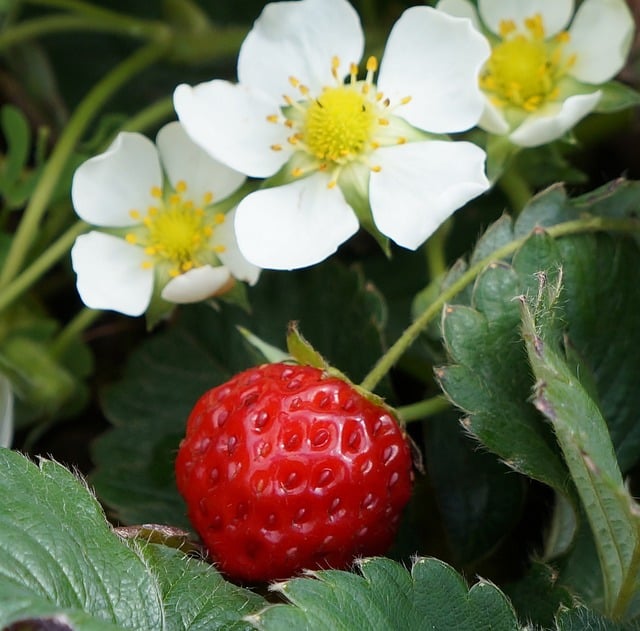
Strawberry plants should be trimmed back in late fall or early winter to prevent disease and encourage new growth in the springtime. To trim your strawberry plants, simply cut off all of the leaves about 1-2 inches above the crown of the plant. Then remove any dead or diseased runners from the plant. Finally, thin out any remaining runners so that each strawberry plant has about 3-6 runners total.
Pruning Apple and Pear Trees
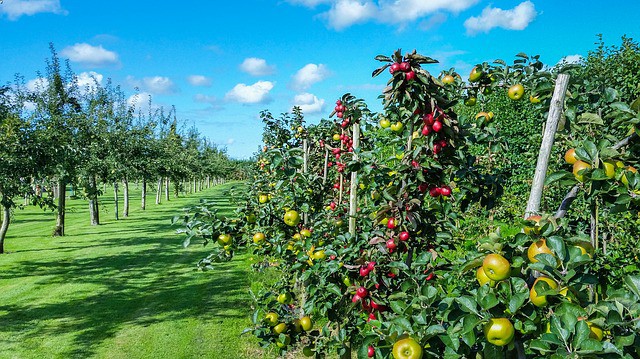
Apple and pear trees should be pruned annually in late winter before new growth begins. This helps promote strong new growth and prevents overcrowding in the tree canopy which can lead to disease problems. When pruning apple and pear trees, be sure to remove any dead wood, crossing branches, or suckers (new shoots growing from the roots). Also thin out the branches so that there is good air circulation throughout the tree canopy.
Applying Grease Bands
Grease bands are strips of sticky material (usually petroleum jelly) that are applied around the trunks of fruit trees in late fall or early winter as protection against overwintering pests such as moths or caterpillars. Grease bands need to be reapplied every few weeks throughout the winter months to remain effective.
November Garden Tips: How to Prepare Your Lawn for Winter
As the weather gets colder and winter approaches, it’s important to take some extra steps to prepare your lawn for the colder months. With a little bit of extra care, you can ensure that your lawn stays healthy and green all winter long. Here are a few tips on how to do just that.
Aerate Your Lawn

One of the best things you can do for your lawn in November is to aerate it. Aeration involves making small holes in the ground so that air, water, and nutrients can reach the roots of the grass. This is especially important in areas where the soil is compacted. Aerating your lawn now will help to ensure that it stays healthy and green all winter long.
Clear Fallen Leaves
Another important task to take care of in November is clearing fallen leaves off of the lawn. If you leave them there, they will smother the grass and prevent sunlight from reaching the ground. This can lead to bare patches and brown spots on your lawn. To avoid this, be sure to rake up any fallen leaves on a regular basis. You can also use a leaf blower or mulching mower to clear them more quickly.
Set Your Lawn Mower to a Higher Cut-Height
As winter approaches, it’s important to adjust the height of your lawn mower blade. If you leave it set too low, it could damage the grass when it freezes over. Instead, set it to a higher cut-height so that the blades don’t come in contact with the ground as much. This will help to keep your lawn looking its best all winter long.
Edge Your Lawn

Edging your lawn is another important task for November gardeners. This involves trimming away any overgrowth along sidewalks, driveways, and flower beds. Not only does this make your lawn look neater, but it also helps to reduce the risk of injury if someone were to trip on an overgrown weed or blade of grass. So be sure to edge your lawn before winter sets in.
By following these simple tips, you can prepare your lawn for winter and ensure that it stays healthy and green all season long. So don’t wait – get out there and start aerating, clearing leaves, and edging today! Your lawn will thank you for it come springtime.
In the Greenhouse – November Garden Tips
If you have a greenhouse, now is the time to start taking some extra care of it. First things first, make sure you have enough light so you can still work when winter nights draw in. Solar lights are a great option because they’re environmentally friendly and they don’t add to your electricity bill.
Next, it’s time to give your greenhouse a good cleaning. sweep up any dead leaves or debris, and wipe down surfaces with a mild soap and water solution. This will help prevent the spread of disease. Once everything is clean, take a look at your ventilation system to make sure it’s in good working order.
Finally, you’ll need to protect your plants from frost. If you have delicate plants, you may want to consider moving them into the house or into a sunroom. If that’s not an option, there are special frost covers you can buy that will protect them from the cold.
November Garden Tips – Other jobs in the garden
Be Careful Not To Overwater
One of the most common mistakes people make in November is overwatering their plants. The soil is already wet from all the rain we’ve been having, so there’s no need to water every day. Once a week should be plenty. Be sure to check the weather forecast before you water so you don’t accidentally water on a day when it’s going to rain.
Build a Cold Frame
A cold frame is a simple structure that helps to protect young plants from harsh weather conditions. It’s essentially a box with a clear lid that allows sunlight in but keeps the cold air out. You can build a cold frame yourself using some old windows or buy one ready-made from a garden center.
Lift and Relocate Plants
If there are any plants in your garden that are not in the right spot, now is the time to lift them and move them to where they will thrive. This is best done on a cloudy day so that the plants don’t experience too much stress from being out of the ground.
Create Bins for Composting
Composting is a great way to recycle your kitchen and garden waste and create valuable nutrients for your plants at the same time. You can buy purpose-built compost bins or make your own using old pallets or crates. Whichever route you choose, make sure your bin has plenty of drainage holes so that water can escape.
Start a Bonfire Heap
Garden bonfires are great for getting rid of all kinds of garden waste, from dead leaves and twigs to prunings and small branches. But before you start lighting up, there are a few things you need to bear in mind. First, check whether bonfires are actually allowed in your area as there may be restrictions in place. Secondly, make sure you have enough room to build a safe, contained fire that won’t spread to nearby buildings or trees. And finally, don’t burn anything that produces toxic fumes, such as treated wood or plastic. Once you’ve got all that sorted, enjoy watching everything go up in smoke!
Net Ponds to Prevent Leaves Falling Into Them
Falling leaves can quickly turn a pond into an unsightly green soup if they’re not removed regularly. To save yourself some time and hassle, put some netting over your pond now so that leaves can’t get in come autumn. You’ll still need to remove any debris that does manage to fall through but it will be much less than if you didn’t have any netting in place.
Give Evergreen Hedging a Final Trim
If you have evergreen hedges in your garden, they’ll probably need one final trim before winter sets in. This will help them to stay compact and looking their best until spring arrives.
Conclusion
As you can see, there’s still plenty to do in the garden during November! So make sure you make the most of the cooler weather by getting outside and getting stuck into some of these jobs. Your garden—and your wallet—will thank you for it come springtime!


